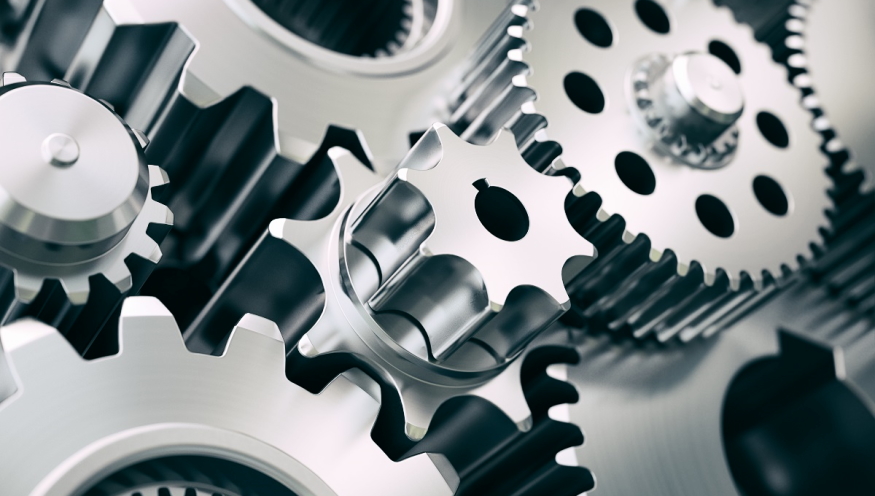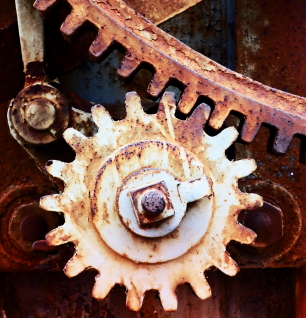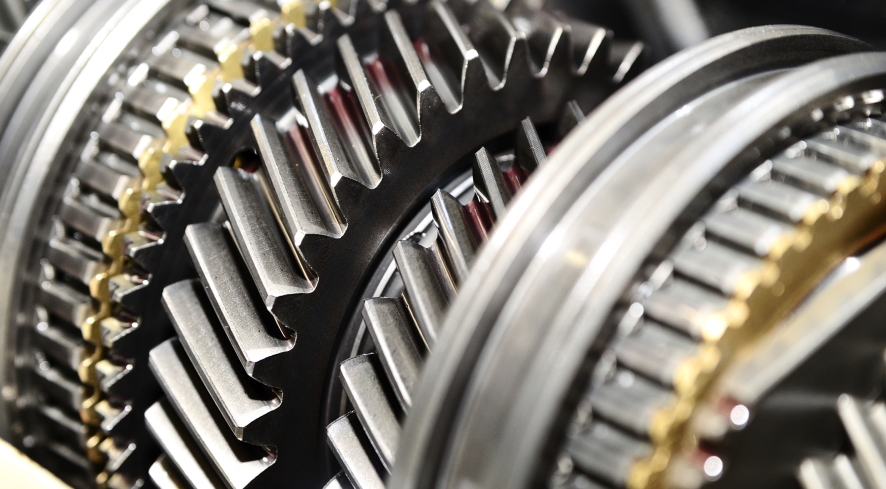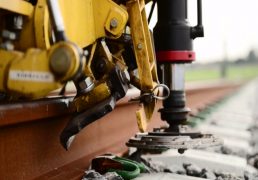Home » Machines & Tools » Types of Gears: From All-Metal to Gear with Plastic

Gears are essential for many structures, but what materials work best? Finding the right material is key to ensure that your gears will last.
If you’re a gear head, finding the suitable material for your gears can be quite tricky. Many materials have been used to create gears throughout history, including wood, steel, bronze, etc.
The first section will provide a brief overview of the three most common types of metal: steel, aluminum, and titanium. Steel is created by combining iron with carbon, while aluminum is made from bauxite ore mixed with coal or silicon dioxide such as sand. Titanium’s primary component is titanium oxide which comes from soil or clay deposits that often contain rutile or ilmenite.
Application gear materials
Finding materials for gears can be difficult, but there are plenty of resources to help you find the suitable material. The first thing that you should do is figure out what your needs are. For example, suppose you’re looking for a gear with an external diameter of 6 inches and an internal diameter of 4 inches. In that case, it’s important to know whether or not this will be used in harsh environments (e.g., outdoor equipment) or if it will only need minimal maintenance (e.g., hobby projects). This information alone will make your search easier because the quality and type of material needed to depend on how often it’ll be used and what environment it’ll be exposed to most often. It’s also important to consider the size range when selecting a gear.
The different types of gears
 Gears are helpful for many different things. For example, they can be used to open and close a door, or they can be used as part of the mechanism for a bike. While most people think that there is only one type of gear, this couldn’t be further from the truth. There are many different types of gears that all serve their purposes – here are just a few.
Gears are helpful for many different things. For example, they can be used to open and close a door, or they can be used as part of the mechanism for a bike. While most people think that there is only one type of gear, this couldn’t be further from the truth. There are many different types of gears that all serve their purposes – here are just a few.
- The first gear mentioned in this post is called an idler gear because it does not turn but lets other gears rotate around it freely and provides support for them at rest times, such as when coasting on a bike where the pedals stop but the wheels keep spinning due.
- Spur Gears: these gears have teeth on both sides and allow you to drive an object by rotating around it in either direction
- Helical Gears: these gears look like spirals with teeth along with them and often require less power since they don’t need to transfer motion across other parts as much as other gears.






